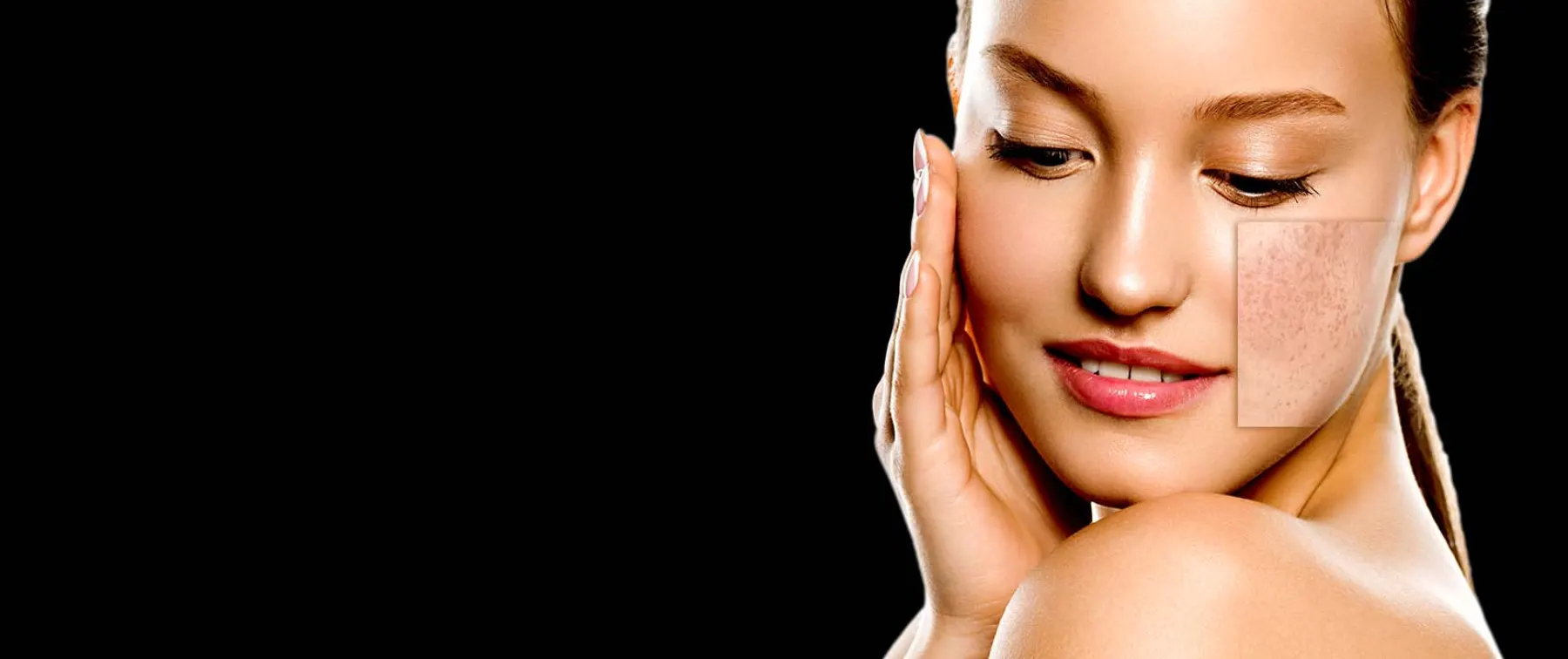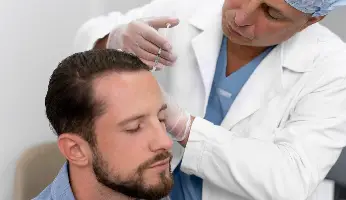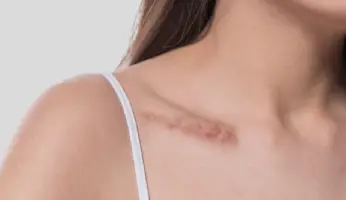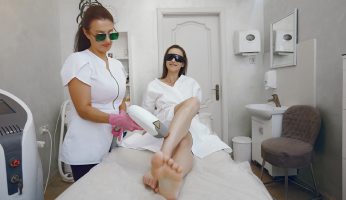
Hypopigmentation is a skin pigmentation irregularity characterised by a reduced amount of melanin in the skin. Melanin is a coloured pigment that gives skin its natural colour. It is produced by specialised skin cells called melanocytes that lie in the epidermal skin layer. ‘The lower levels of melanin in particular areas of the skin lead to the appearance of skin patches that are lighter or whiter than your natural basal skin tone. It is particularly prominent among individuals who have darker skin tones, but it can affect fair-skinned individuals as well, shares the best dermatologist in Bangalore Dr. Rajdeep Mysore at Charma Clinic.
How Does Hypopigmentation Manifest?
Hypopigmentation shows up as patches of lighter skin that may be of the following forms:
- Localised- The lighter skin patches appear in various shapes and sizes at one or multiple body sites. It occurs because of partial or total melanin loss, either at the time of birth or later in life. Other names for this form of hypopigmentation are leukoderma and achromoderma.
A few medical conditions that may result in localised hypopigmentation include vitiligo, pityriasis alba, lichen sclerosus, post-inflammatory hypopigmentation or scarring, macular hypomelanosis, idiopathic guttate hypomelanosis, leprosy, and halo naevus (a mole with a halo or a ring of white skin around it). - Generalised/ Diffuse- This form of hypopigmentation affects the skin of the entire body. It often occurs because of a genetic make-up of an individual or due to a medical condition known as albinism. Rarely, generalised hypopigmentation can be acquired. Malfunctioning of the pituitary gland results in acquired generalised hypopigmentation as it causes a lowering of the melanocyte-stimulating hormone (MSH).
If you are suffering from albinism, leukoderma, vitiligo, or white patches in your skin, then get them addressed with the best pigmentation treatment doctor in Bangalore, Dr Rajdeep Mysore, at Charma Clinic. He has helped many patients suffering from these conditions. Get in touch to address the issues effectively.
What Causes Hypopigmentation?
Hypopigmentation caused by a reduction in melanin content in the skin can be driven either by repression of melanin production by melanocytes or a drop in the level of melanocytes itself. There are many potential causes of the lowering of melanin in the skin in patches. These include:
- Natural ageing: As one gets older, the melanin in the skin moves to the upper skin layers.
- Environmental factors such as sunlight or other stresses
- Genetic conditions such as Albinism
- Nutritional deficiency of copper, iron, or Vitamin B12
- A healing injury, scar, or burn
- A healing bacterial skin infection as in macular acne or fungal skin infection like tinea/pityriasis versicolor
- Healing blisters
- Usage of cosmetic skin products containing bleaching or lead agents
- Side effects of certain medications such as imatinib mesylate
- A healing inflammatory skin condition like lichen striatus, psoriasis, atopic dermatitis, or contact dermatitis
- A previous skin problem like infections (Herpes zoster, Syphilis, and others)
- Previously done cosmetic skin procedures such as cryotherapy, dermabrasion, and others
- Certain kinds of cancers (rarely).
Does hypopigmentation resolve on its own?
Not all forms of hypopigmentation can resolve on their own. Post-inflammatory hypopigmentation usually resolves on its own, but it takes anywhere between a few weeks to a few months to completely disappear.
Hypopigmentation caused due to genetic make-up does not go on its own. In the case of white patches caused by bacterial or fungal infection, the patches disappear only when the infection clears out.
What are the treatment options for hypopigmentation?
One should receive treatment for hypopigmentation in Bangalore from a dermatologist at Charma Clinic. The dermatologist at the clinic provides a best-suited treatment for hypopigmentation as per its underlying cause after diagnosing the patient’s condition. Some topical products like those containing hydroquinone, coal tar, calci-neurin inhibitors, or steroids can help treat mild cases of hypopigmentation.
Moderate to severe hypopigmentation is treatable with some cosmetic dermatological procedures such as Psoralen and light therapy, Fractional laser resurfacing, and skin grafting. Antifungals and antibiotics can help treat hypopigmentation associated with skin infections. Any of the treatments needs to be combined with a good skincare regime including proper sun protection to ensure optimal treatment outcome for the long-term.
How can hypopigmentation be treated with phototherapy?
Phototherapy in Bangalore with UV or LED light or lasers has been very successful in the treatment of various hypopigmentary disorders at Charma Clinic. It is a safe and effective alternative to steroids or immunosuppressive therapy. It can even help minimise skin inflammation and itchiness.
The process of phototherapy for hypopigmentation goes as follows:
1. Before the phototherapy session:
The patient is provided with an eye shield to avoid harmful light rays from falling into the eyes. Depending upon the site being treated, personal protective equipment is provided to the patient to cover the areas that are not to be treated. A sunscreen is applied over the skin surrounding the treatment area.
2. The procedure:
In case of moderate or severe hypopigmentation, the patient is asked to stand in a box-like structure that resembles a tanning bed position upright. Once the patient is inside it, the light is turned on for a set time and the light is allowed to pass through the light skin patches. If there is a small section of the skin being treated, a handheld light-emitting device will be waved across the skin while the patient sits or lies down on the operation table.
UVA light therapy is performed which is similar to UVB light therapy. Sometimes, the patient is provided with a light-sensitive medication called psoralen to enhance the treatment results. Psoralen may be taken through an oral route or topically applied.
In cases where the size of the treatment area is small and there is a need for more focussed ultraviolet, excimer laser light is applied. In an excimer laser, the source of the intense UV light emission is a fast electrical discharge in a high-pressure mixture of a rare gas and a halogen gas.
3. Following the phototherapy session:
The patient is provided with aftercare instructions on how to protect the skin. This includes applying sunscreen on the treated skin and wearing sun-protective clothing as well as an eye shield whenever going outdoors in the daytime. Direct sun exposure and tanning bed use must be avoided. It is advised to daily use a moisturiser on the treated area to prevent dry skin.
How can I prevent hypopigmentation?
Certain kinds of hypopigmentation such as albinism and vitiligo which are genetically related are not preventable. But sun protection and avoiding tanning beds can prevent the worsening of the skin condition. Hypopigmentation resulting from infections is preventable by avoiding
If one is looking for hypopigmentation treatment in Bangalore, one can visit Charma Clinic. In addition to phototherapy, they also provide several other treatments for pigmentation management. Book your visit for more details!




